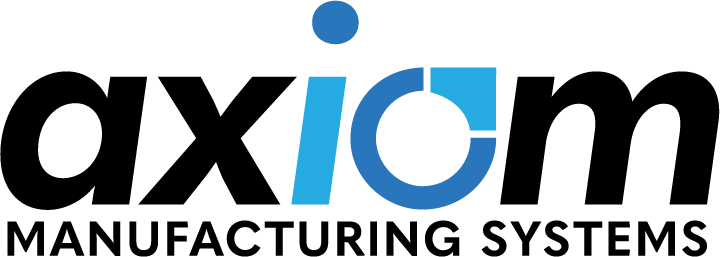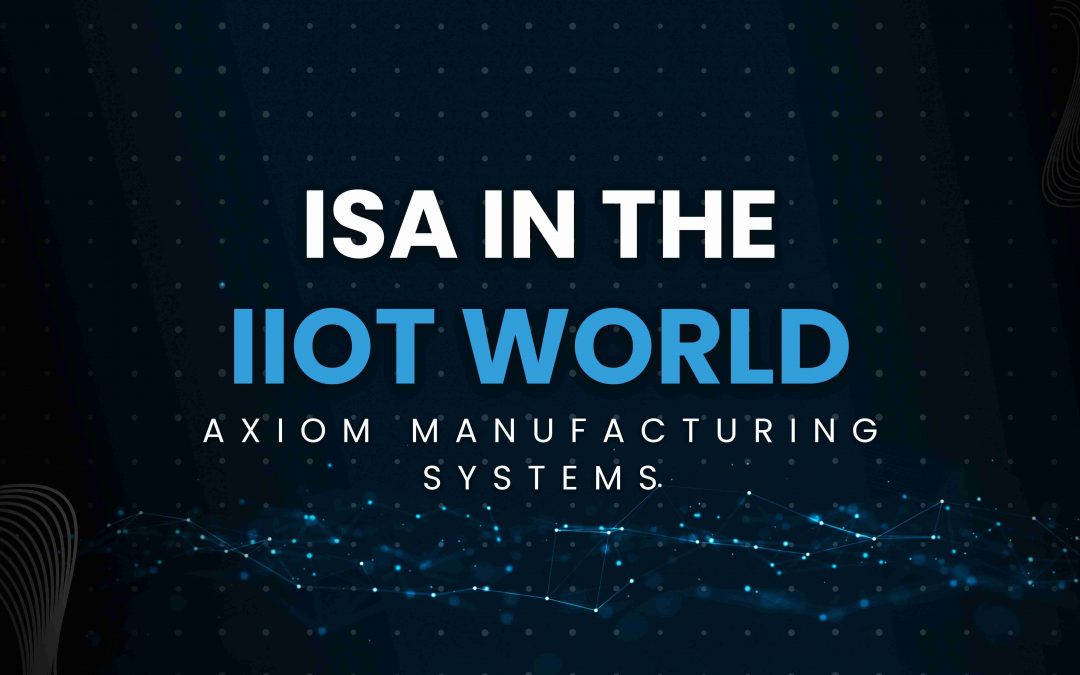In the rapidly evolving landscape of industrial automation and digital transformation, the introduction of the Industrial Internet of Things (IIoT) has marked a new era of possibilities. Amidst this technological revolution, the relevance of longstanding standards such as ISA-88 and ISA-95 has never been more critical. As the Managing Partner of Axiom Manufacturing Systems LLC, I have witnessed firsthand the transformative power of these standards, especially when it comes to cybersecurity, scalability, standardization, and the ease of scaling and deployment in manufacturing systems.
One might wonder, in an age where bespoke IIoT solutions are proliferating, why adhere to standards established decades ago? The answer lies in the core principles of design and system integration that these standards encapsulate – principles that are perfectly aligned with my philosophy of RUMS: Repeatable, Upgradable, Modular, and Scalable. These principles are not just a methodology but a strategic approach to designing enterprise systems that are built to last and evolve.
Cybersecurity: In an IIoT world, where data is the new oil, securing this invaluable asset becomes paramount. ISA-95, in particular, provides a robust framework for the secure integration of enterprise and control systems, ensuring that data flows seamlessly yet securely across different layers of an organization. By adhering to these standards, we can build systems that are inherently more secure and resilient to the growing threats in the cyber landscape.
Scalability: Both ISA-88 and ISA-95 promote a structured approach to system design, emphasizing modularity and interoperability. This approach inherently supports scalability, allowing systems to grow and evolve with minimal disruption. In the context of IIoT, where the number of connected devices and data volumes can scale exponentially, the importance of building on a scalable foundation cannot be overstated.
Standardization: The value of standardization in reducing complexity and fostering interoperability in a heterogeneous ecosystem is immense. ISA-88 and ISA-95 provide standardized models and terminology that facilitate the integration of diverse systems and technologies, a critical requirement in the IIoT era. This standardization is the key to unlocking the full potential of IIoT, enabling seamless communication and collaboration across different platforms and devices.
Ease of Scaling and Deployment: Leveraging the RUMS principles in conjunction with ISA-88 and ISA-95 standards simplifies the scaling and deployment of industrial systems. By designing systems that are repeatable, upgradable, modular, and scalable, we can significantly reduce the time and effort required to deploy new solutions or scale existing ones, ensuring that they remain aligned with the evolving needs of the business.
Ability to Leverage Resources by Reducing Variation Across an Enterprise: A non-RUMS approach, characterized by customization and lack of standardization, leads to increased complexity and maintenance challenges. In contrast, systems designed following RUMS principles and ISA standards are more uniform, making it easier to leverage resources efficiently and reduce variation across the enterprise. This uniformity ensures that the industrial support ecosystem can easily provide the necessary care and support, unlike custom solutions that may become unsupportable in the future.
As we navigate the complexities of the IIoT era, the relevance of ISA-88 and ISA-95, coupled with the RUMS design philosophy, becomes increasingly evident with the variety of rapidly deployable systems available. These standards and principles not only provide a solid foundation for building secure, scalable, and interoperable systems but also ensure that these systems are equipped to evolve and adapt to future challenges. As we at Axiom Manufacturing Systems LLC continue to lead the way in industrial automation, our commitment to these timeless standards and methodologies remains unwavering, ensuring that our clients are well-positioned to thrive in the dynamic landscape of modern manufacturing.
By evolving our methodologies but still embracing ISA-88 and ISA-95 in our IIoT strategies, we not only safeguard our investments but also pave the way for sustainable growth and innovation in the industrial sector. The journey towards digital transformation is filled with challenges, but with the right standards and design principles, we can turn these challenges into opportunities for excellence and leadership in the industry.

With over 25 years of experience in the industrial manufacturing sector, Michael has participated in and spearheaded many global digital manufacturing and Industry 4.0 modernization initiatives. He is an expert in operational technology (OT) with a focus on solutions for the ISA95 technology stack as well as ISA88 process practices.

